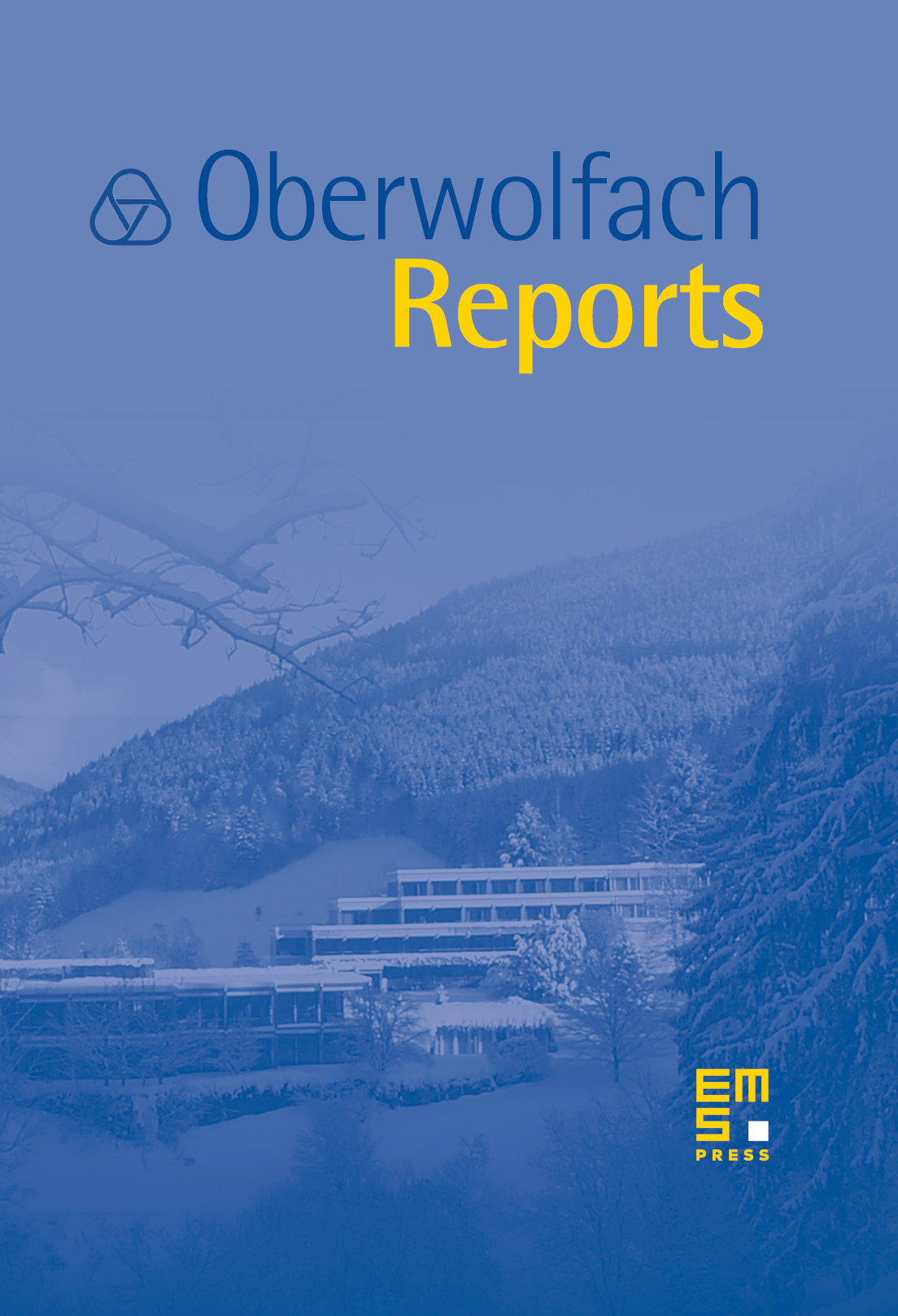Mathematical Theory of Water Waves
Jerry L. Bona
University of Illinois at Chicago, USAMark D. Groves
Universität des Saarlandes, Saarbrücken, GermanyMariana Haragus
Université de Franche-Comté, Besançon, FranceErik Wahlén
Lund University, Sweden

Abstract
The water-wave problem is the study of the two- and three-dimensional flow of a perfect fluid bounded above by a free surface subject to the forces of gravity and surface tension. From a mathematical viewpoint, the water-wave equations pose surprisingly deep and subtle challenges for mathematical analysis. The governing equations are widely accepted and there has been substantial research into their validity and limitations. However, a rigorous theory of their solutions is extremely complex due not only to the fact that the water-wave problem is a classical free-boundary problem (where the problem domain, specifically the water surface, is one of the unknowns), but also because the boundary conditions (and, in some cases, the equations) are strongly nonlinear. In contrast to other meetings on water waves, which usually focus upon modelling and numerical issues, this workshop was devoted to the rigorous mathematical theory for the exact hydrodynamic equations.
Cite this article
Jerry L. Bona, Mark D. Groves, Mariana Haragus, Erik Wahlén, Mathematical Theory of Water Waves. Oberwolfach Rep. 12 (2015), no. 2, pp. 1029–1083
DOI 10.4171/OWR/2015/19